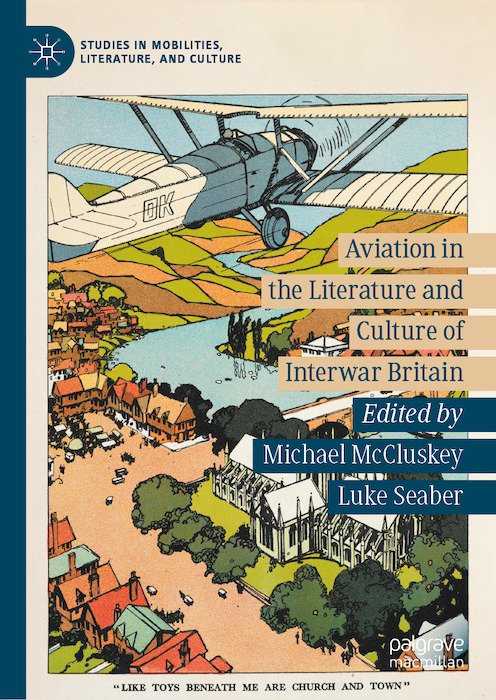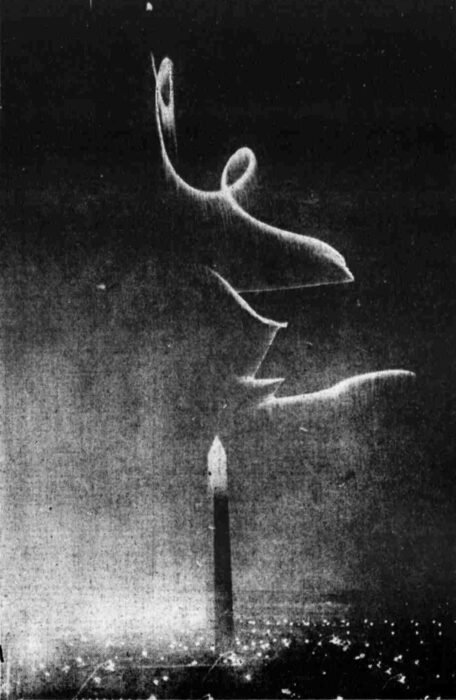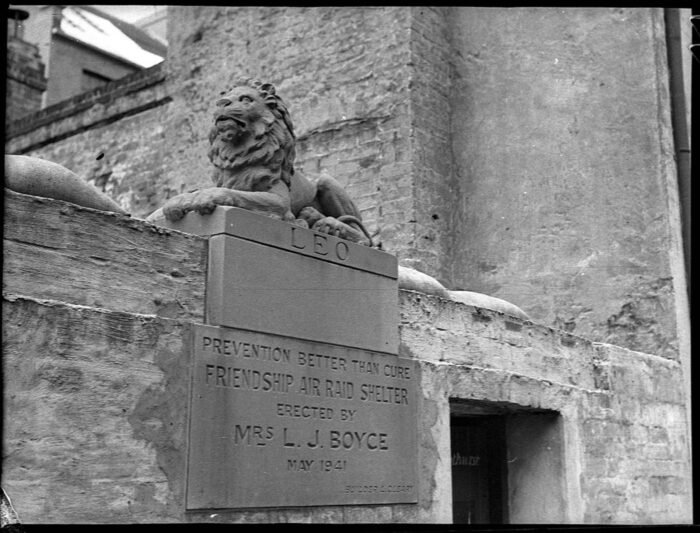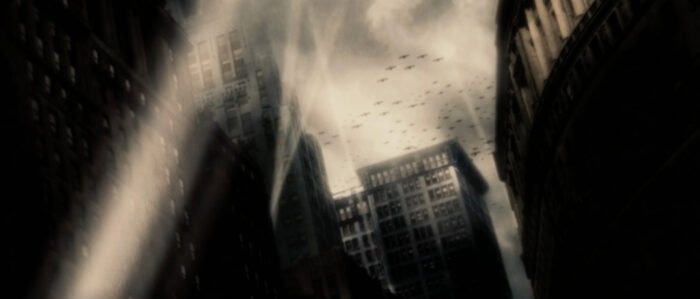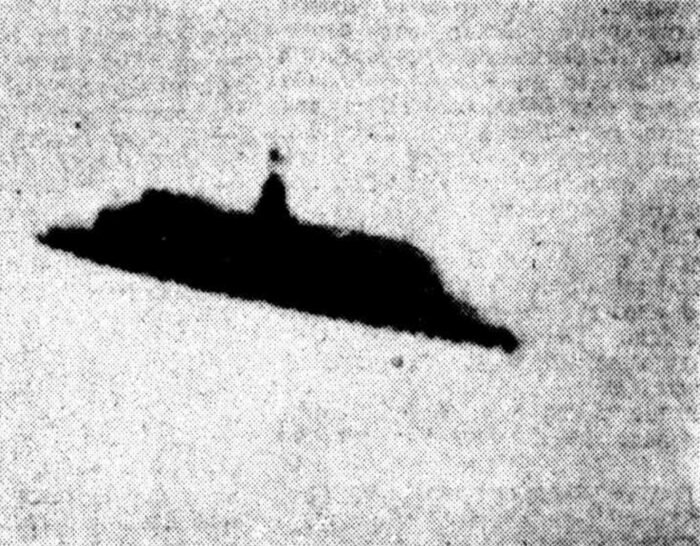Publication: ‘Spectre and spectacle’
I’ve got a chapter entitled ‘Spectre and spectacle: mock air raids as aerial theatre in interwar Britain’ in a new Palgrave Macmillan collection just out, Aviation in the Literature and Culture of Interwar Britain, edited by Michael McCluskey and Luke Seaber. Here’s the abstract: This chapter argues that aerial theatre, in the form of annual […]


